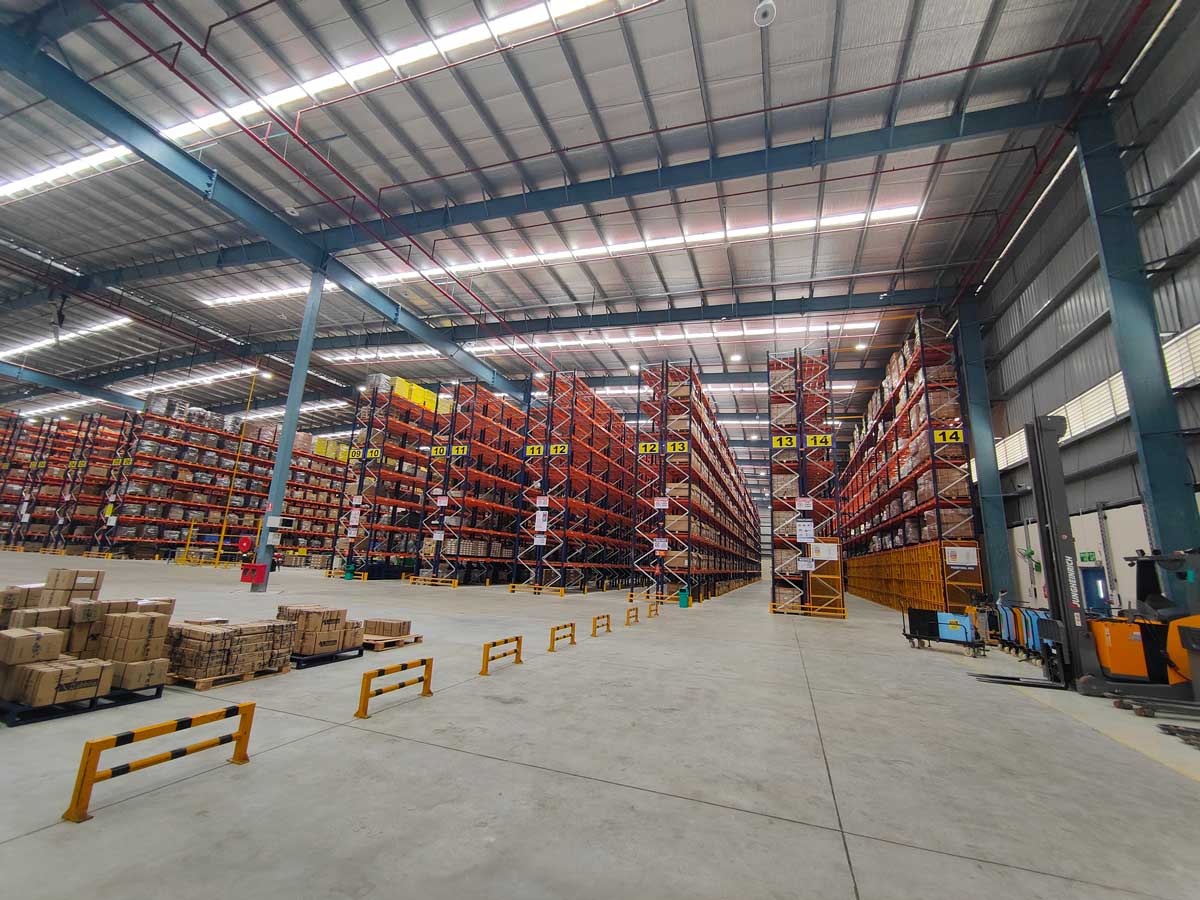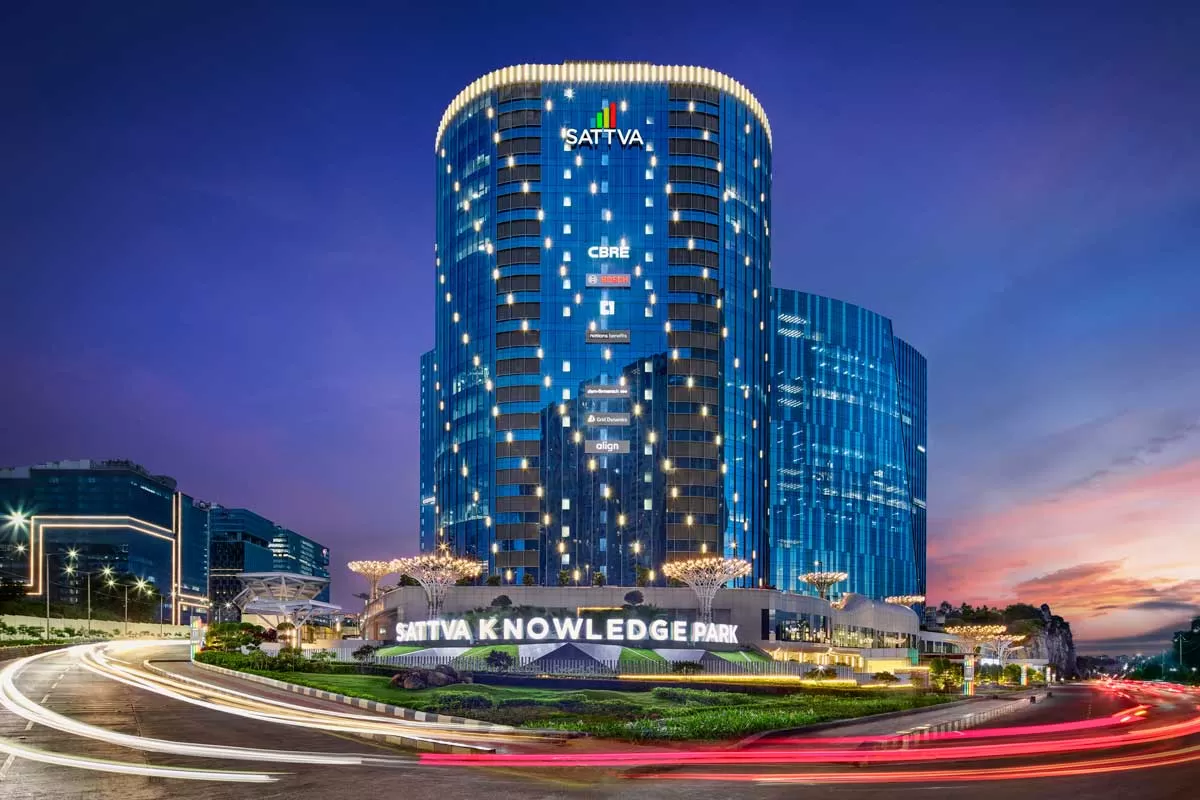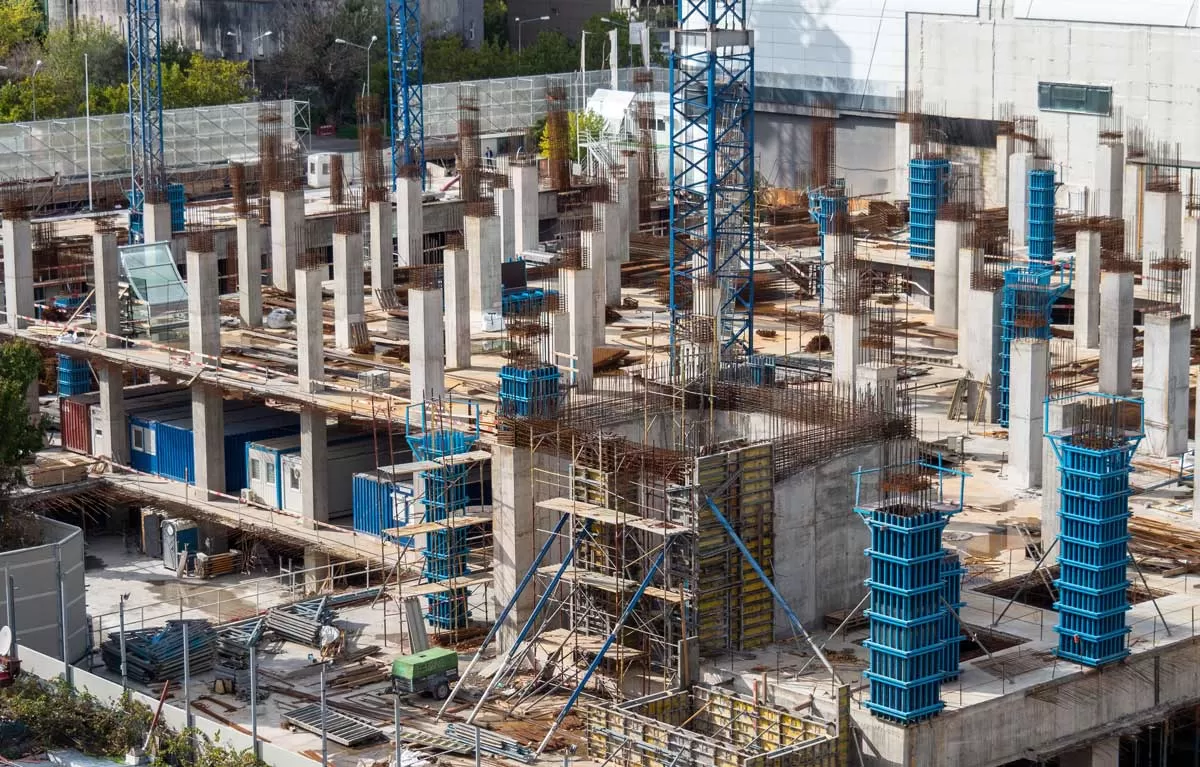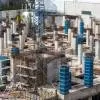While the seeds for becoming a US$5 trillion-economy were sown long back, it is the much awaited and much applauded PM Gati Shakti National Master Plan that will steer India towards achieving its goal.
Coming in the wake of the global pandemic where the world sat up and acknowledged the role played by logistics in powering economies during the COVID-19 crisis, and concurred on the need for excellent logistics to effectively face challenges, the visionary plan’s announcement in October last year caused ripples of curiosity and excitement across sectors. A Rs.100 lakh-crore project, never before has such an ambitious plan been launched where 16 ministries would come together to create a unified, consolidated national network of infrastructure that will connect economic zones and industrial clusters to enable seamless movement of goods across the country. The scope of the plan is expansive and takes into account every mode of transport in India: railways, roads, ports, waterways, airports, mass transport, as well as logistics infrastructure. The infrastructure schemes of various ministries and state governments like Bharatmala, Sagarmala, inland waterways, and dry/land ports will work together to bring in much needed synchronicity.
Overall the multi-modal connectivity offered by the Gati Shakti plan will provide seamless movement of people, goods and services from one mode of transport to another. The master plan will facilitate last mile connectivity of the infrastructure so that road, rail, power, optic fiber cable, gas pipeline among others are available to the people. Public transport platforms such as the Indian Railways, metro trains, Regional Rapid Transit System (RRTS), interstate buses, Bus Rapid Transit (BRT) as well as aviation will no longer operate in isolation but will come together to provide integrated and seamless connectivity to commuters.
Using technology, the plan will provide the public and business community information regarding the upcoming connectivity projects, other business hubs, industrial areas and surrounding environment which in turn will enable the investors to plan their businesses at suitable locations leading to enhanced synergies.
Infrastructure
It’s not just connectivity that is a key priority. The comprehensive plan has included in its ambit the crucial role played by contract logistics, and has made provision for 35 Multi-Modal Logistics Parks (MMLPs) to be built under the Bharatmala Pariyojana Phase 1. Robust and world-class logistics infrastructure on par with the kind one would find in Germany and other developed countries is the need of the hour to attract foreign investors.
This is where Grade A warehousing becomes so crucial. As India transitions into a developed country from a developing one, it is critical that its warehousing capabilities support this aim. Now more than ever there is a need for seamless movement of goods from within the warehouse to the doorstep of the customer. Now, the main competition in the e-commerce market is based on time. The company that can deliver goods fastest at the lowest cost, irrespective of the remoteness of the location will dominate the vast and growing Indian e-commerce market.
As per industry reviews, over a quarter of India’s total warehousing capacity has been leased out by companies such as Flipkart and Amazon, a clear indicator of India’s emerging preference for online shopping. With India’s e-commerce market stipulated to reach US$ 350 billion by 2030, superior warehousing with tech integrated solutions will be necessary to match digital India’s requirements.
MMLPs, therefore, stand to be game changers in this sphere. Having the latest technology, and intermodal connectivity to dedicated railway lines, access to expressways and highways will drastically reduce the time and costs involved. Currently, logistics costs 14 per cent of the GDP. With significant savings in cost and time, it is not difficult to see the many benefits India will have.
Harbingers of Growth
The geography of warehouses and logistics parks is also seeing a significant shift. From being located in the periphery of big consumption centres the Delhi-NCR region, Mumbai Metropolitan Region, Bangalore, Pune and Hyderabad, now even tier 2 cities such as Ahmedabad, Lucknow, and Nagpur are witnessing high demand for warehousing spaces.
The movement of warehouses into the interiors of the country help to modernise the area by bringing in much needed development in these parts. After all warehouses do not exist in isolation but are reliant on a network of good quality roads to exist. The 35 MMLPs spread across India will help redefine the supply chain map of the country.
Due to these reasons, the warehousing sector has been attracting investments to the tune of $5 billion dollars over the past five years.
Green Logistics
Another important factor is sustainability, a key hallmark of any Grade A logistics park or warehouse. A Grade A logistics park needs sustainability to be built in to its DNA. Resources need to be utilised optimally not
only while designing it but also to serve energy throughout its life cycle.
Further, the reduction in road congestion due to intermodal connectivity can reduce carbon emissions. The adoption of railways to transport freight can reduce emissions by 60 per cent. The Government’s move to increasing renewable energy capacity to 225 GW from 87.7 GW, and encouraging higher use of alternate fuels like LNG and methanol is another welcome step in the right direction.
Moving with Gati
Since the announcement of the master plan, the humdrum of the wheels of industry and manufacturing sector are resounding across India’s corridors, as they move with renewed spirit. The plan to develop 22 Greenfield Expressways is underway with various expressways already under construction. Keeping up with its name, some of the major key infrastructure projects, are also under construction across India. Right from Zojila Tunnel in Ladakh to the construction of a major bridge over Middle Strait Creek in the Andaman & Nicobar Islands, it truly is remarkable the speed at which the Gati Shakti masterplan is being implemented to bring in greater connectivity across India’s vast expanse.
Of the 35 MMLPs, construction of the ones in Nagpur and Chennai are expected to be ready by 2024. Gati Shakti is therefore an integrated plan which will address the missing gaps to ensure seamless movement of people, goods and services. It aims to enhance ease of living, ease of doing business, minimize disruptions and expedite completion of work with cost efficiencies to boost economic growth, attract foreign investments and enhance the country’s global competitiveness.
https://economictimes.indiatimes.com/small-biz/sme-sector/multimodal-logistics-parks-revolutionising-indias-logistics-landscape/articleshow/93534681.cms?from=mdr
https://economictimes.indiatimes.com/industry/services/property-/-cstruction/demand-from-ecommerce-3pl-to-push-warehousing-absorption-to-highest-ever-in-2022/articleshow/93998895.cms
https://www.logisticsinsider.in/pm-modi-unveils-inr-100-lakh-crore-gati-shakti-plan-for-multi-modal-connectivity/
https://www.ibef.org/industry/ecommerce
By: Kiran Shetty, CEO, Conserve Buildcon


















